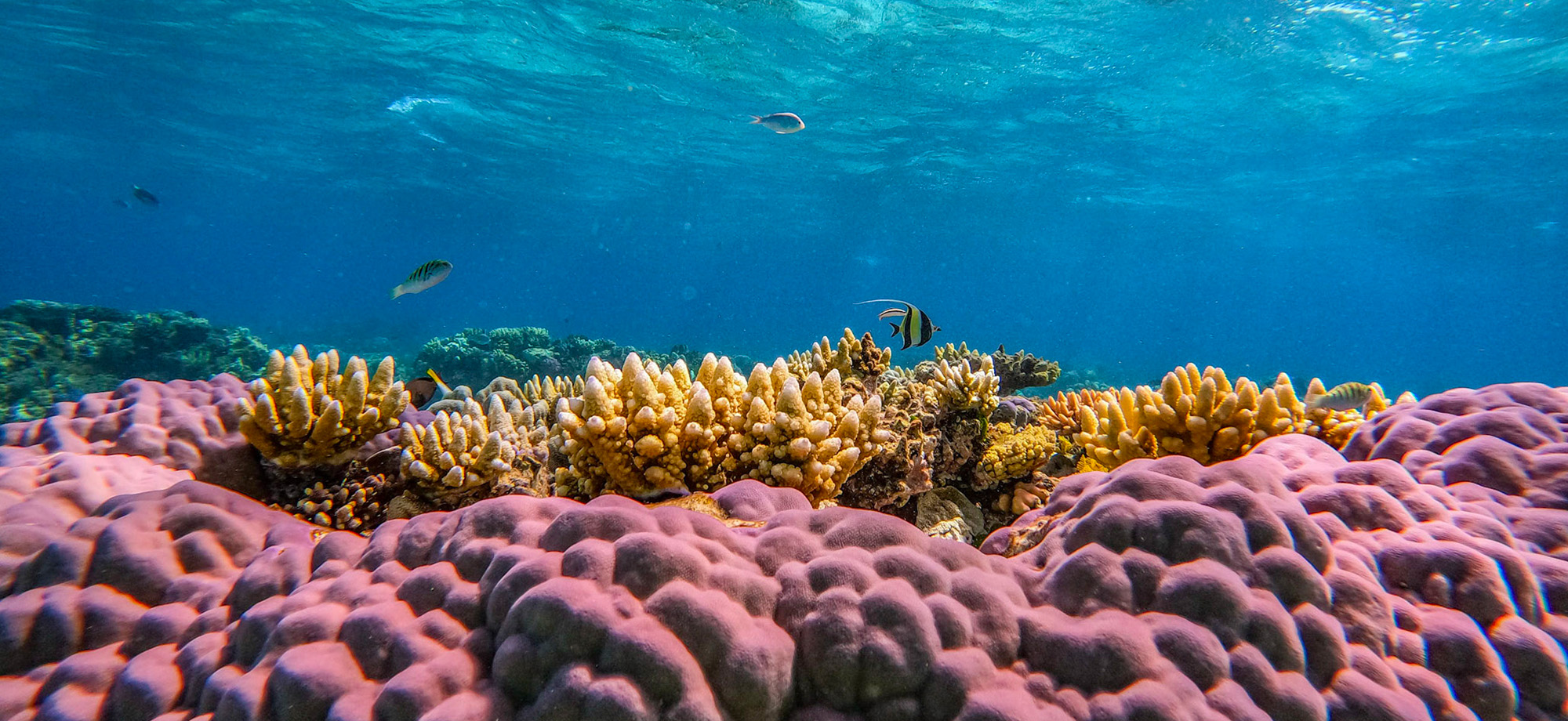Cyclones are large revolving tropical storms caused by winds blowing around a central area of low atmospheric pressure. In the southern hemisphere these tropical storms are called cyclones and rotate in a clockwise direction, while in the northern hemisphere cyclones are called hurricanes or typhoons and rotate in an anti-clockwise direction.
Cyclones develop over warm waters in the tropical regions of the oceans where areas of very low pressure are created by air being heated by the sun. This causes the air to rise very rapidly and becomes saturated with moisture that condenses into large thunderclouds.
Cool air rushes in to fill the void and is bent inwards and spirals upwards with a great force caused by the coriolis effect of the earth spinning on its axis. The result of all this is - the winds begin to rotate faster and form a large rotating weather system, in some cases up to several thousand km in diameter. In the centre of this system there usually is a cloudless, calm area called "The Eye", with no rain and very light winds.
The cyclone is now being sustained by a steady flow of warm, moist air being sucked in from the warm waters it is moving over. A wall of towering clouds form around the eye of the cyclone and it is here where the heaviest rains and strongest winds are recorded.
Further information about cyclones and weather system,
Bureau of Meteorology, Townsville Qld



